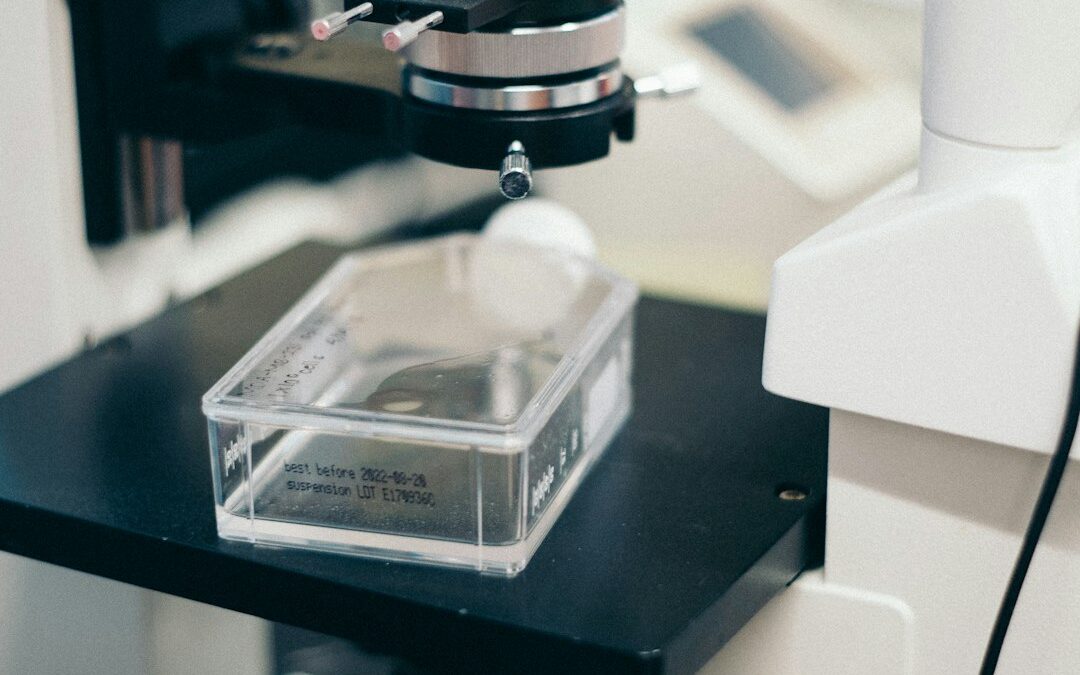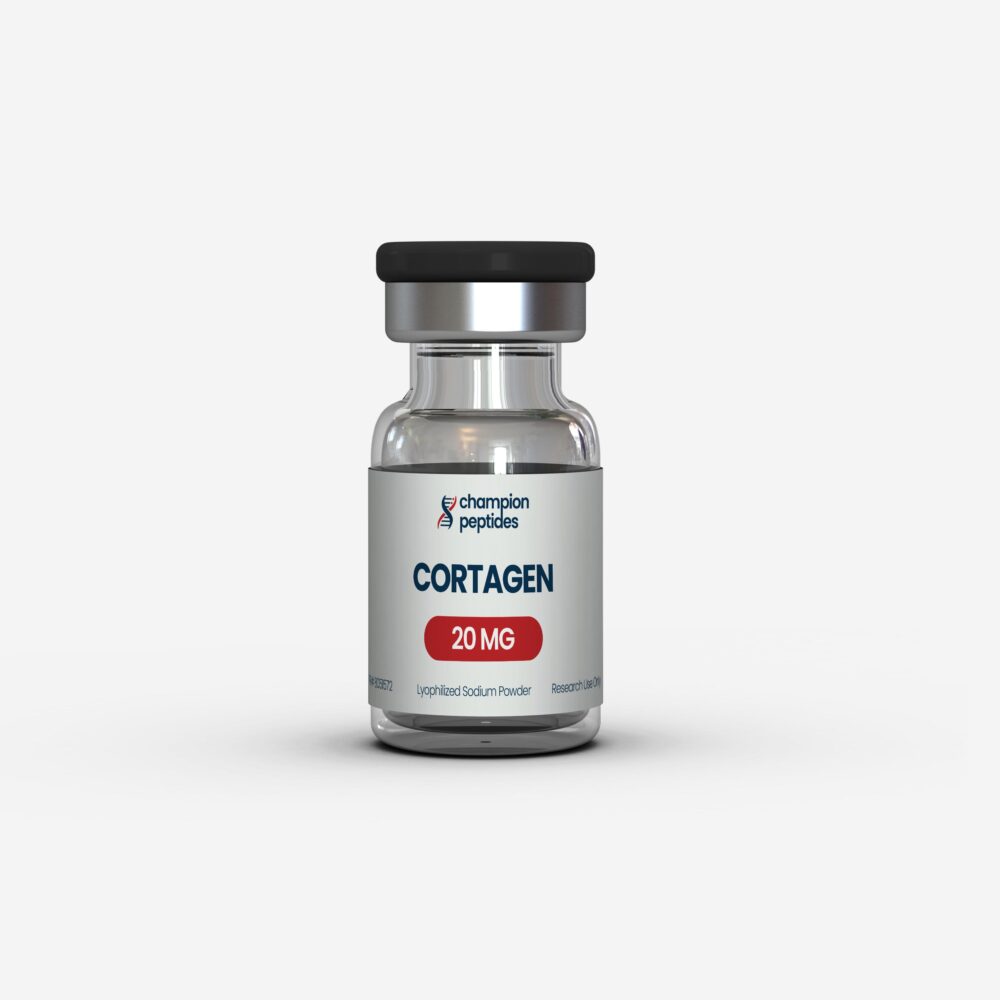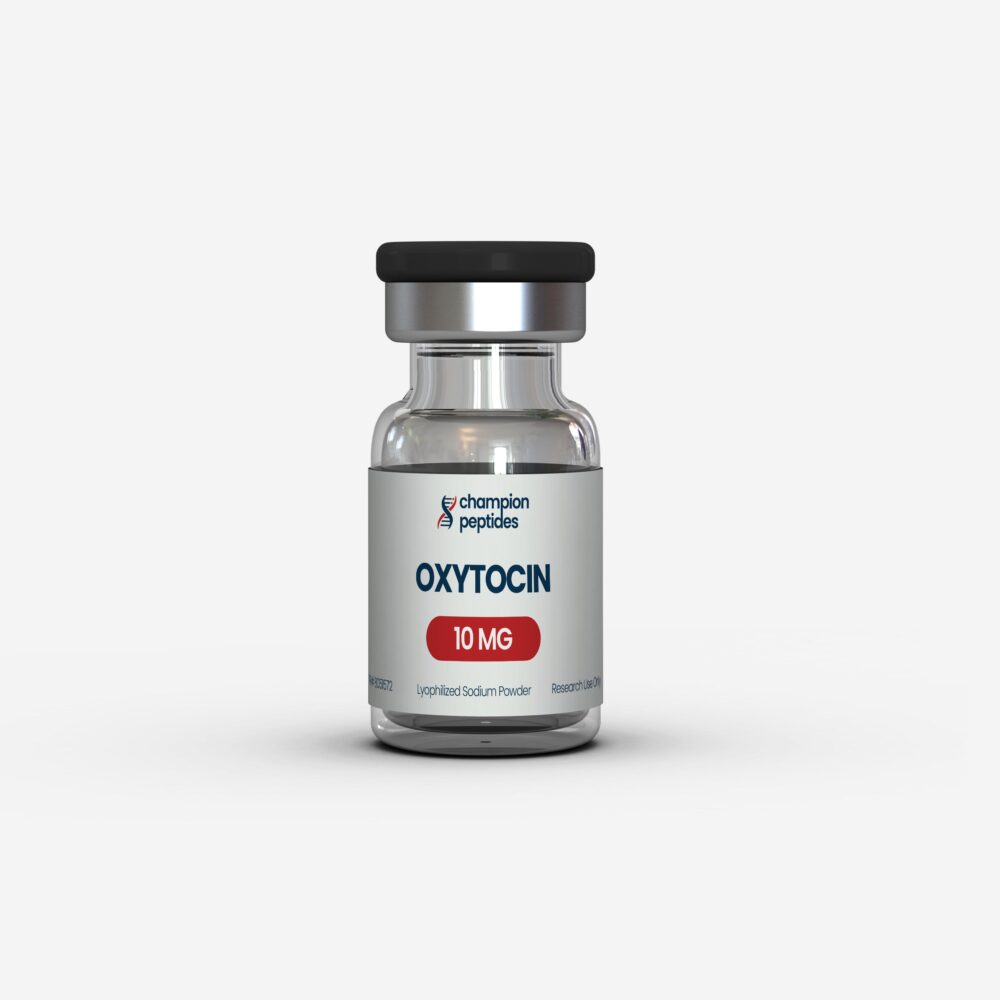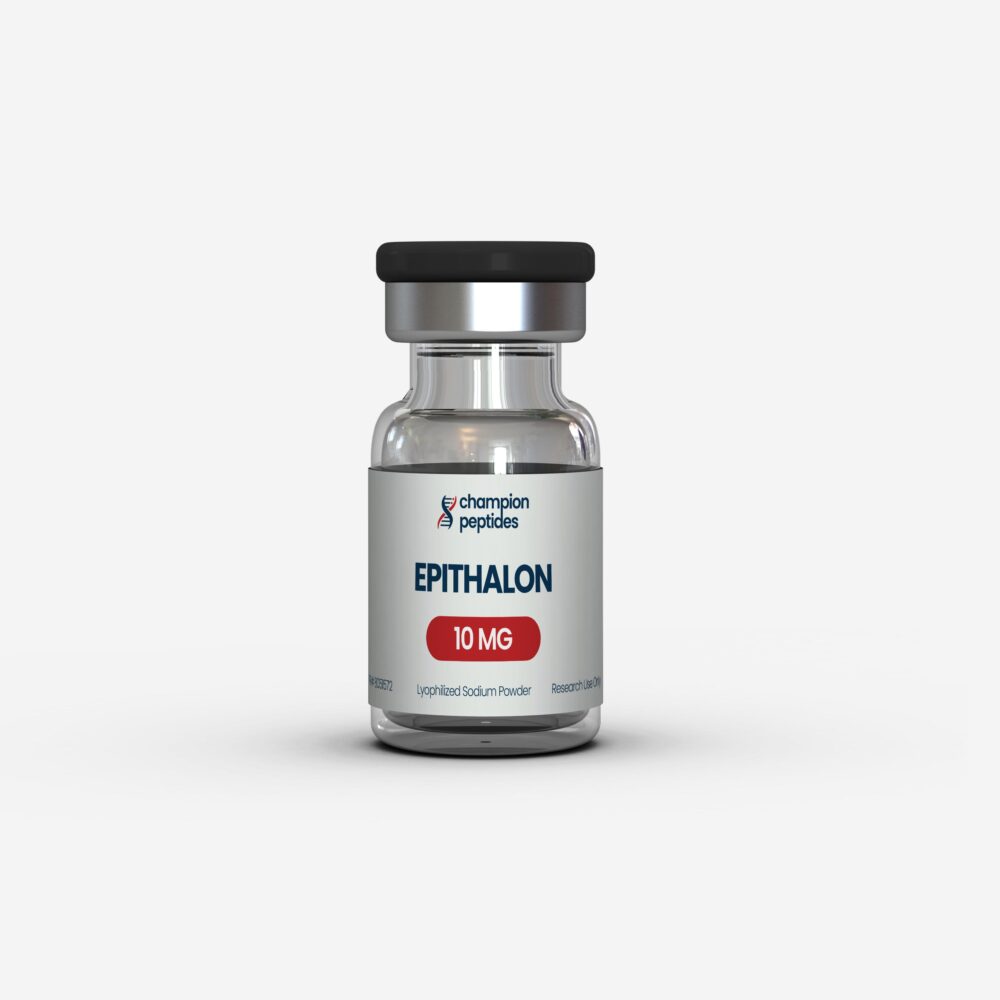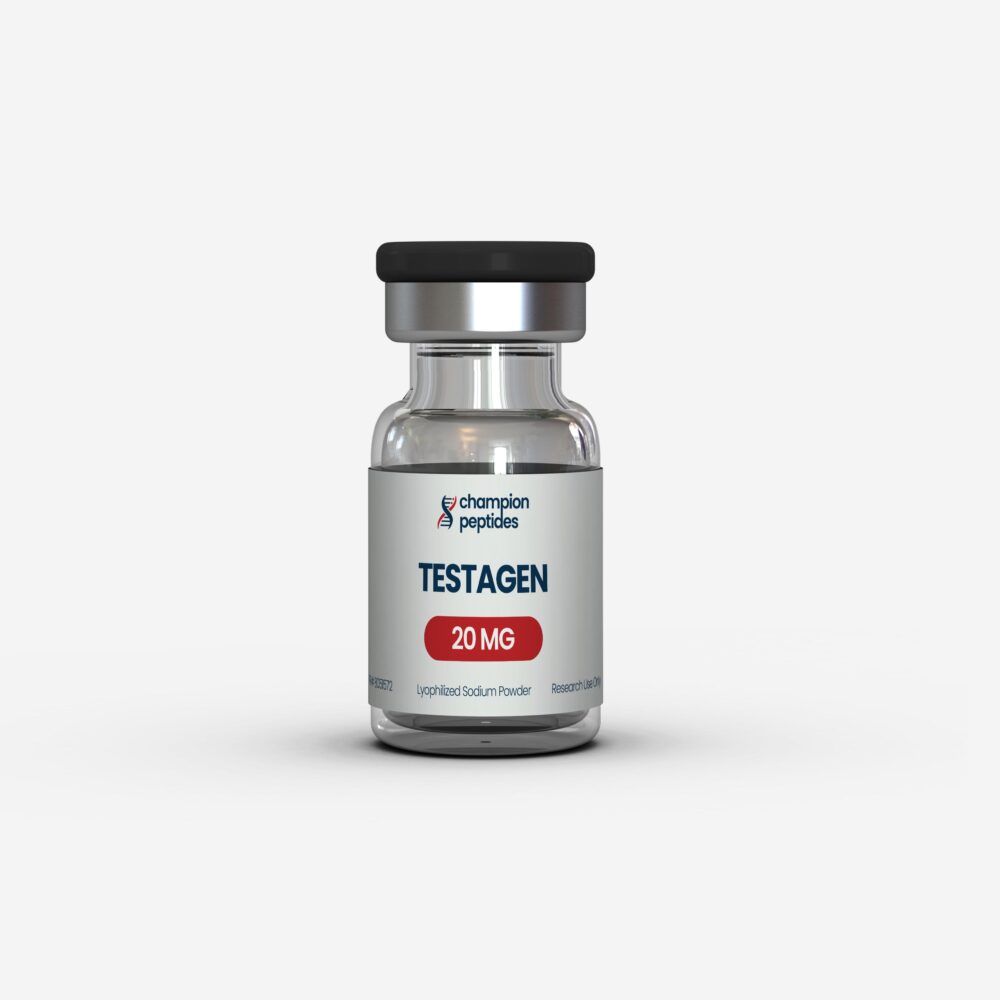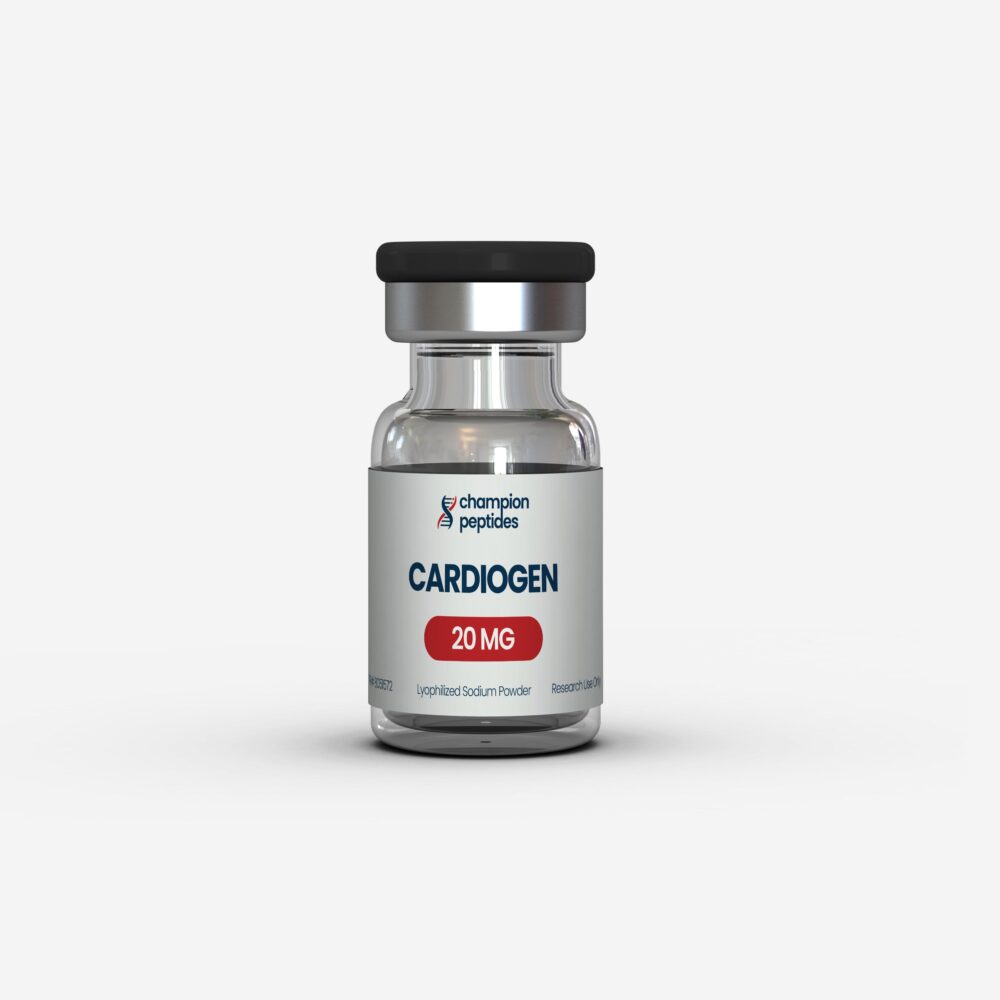- SLU-PP-332 demonstrates significant metabolic improvements with 25 lb fat mass reduction in diet-induced obesity models
- Functions as pan-ERR agonist with highest potency for ERRα activation and exercise mimetic properties
- Clinical research shows improved ejection fraction and reduced fibrosis in pressure overload-induced heart failure
- Currently in pre-clinical development phase with multiple research applications under investigation
- Superior bioavailability compared to earlier ERR modulators through enhanced pharmacokinetic properties
Contents
Scientific Overview and Mechanisms
SLU-PP-332 represents a breakthrough in estrogen-related receptor (ERR) agonist research, functioning as a synthetic pan-ERR agonist that targets all three ERR subtypes (ERRα, β, and γ) with particular potency for ERRα activation. This compound emerges from structure-based design approaches specifically developed to address limitations in previous ERR modulators, offering enhanced bioavailability and metabolic targeting capabilities.
The research foundation for advanced peptide therapeutics has expanded significantly with the development of this compound, which operates through multiple interconnected pathways. SLU-PP-332 increases Brain-Derived Neurotrophic Factor (BDNF) levels while enhancing TrkB receptor sensitivity in the hippocampus, contributing to both cognitive enhancement and metabolic regulation. The compound’s primary mechanism involves transcriptional activation of metabolic genes, particularly those governing fatty acid metabolism and mitochondrial function.
Unlike traditional metabolic interventions, this ERR agonist activates an acute aerobic exercise genetic program, positioning it as an exercise mimetic with potential applications in metabolic syndrome research. The compound demonstrates remarkable specificity for ERR pathways while maintaining favorable safety profiles in laboratory studies, making it an attractive candidate for various research applications.
The molecular structure of SLU-PP-332 incorporates modifications that significantly improve its pharmacokinetic properties compared to earlier ERR agonists. These structural enhancements allow for more efficient crossing of biological barriers and extended duration of action, critical factors for research applications requiring sustained ERR activation.
SLU-PP-332 Research Dosage Protocols
Laboratory research protocols for SLU-PP-332 vary considerably based on the specific research objectives and model systems employed. Current research applications demonstrate a wide range of effective dosing strategies, with careful consideration for the compound’s potent ERR agonist properties and extended duration of action.
| Research Application | Dosage Range | Administration Route | Duration | Primary Outcomes |
|---|---|---|---|---|
| Metabolic Syndrome Models | 10-30 mg/kg | Oral/Injectable | 6-8 weeks | Fat mass reduction, insulin sensitivity |
| Exercise Mimetic Studies | 5-15 mg/kg | Injectable | 2-4 weeks | Oxidative muscle fiber increase |
| Heart Failure Models | 15-25 mg/kg | Injectable | 6 weeks | Ejection fraction improvement |
| Aging Research | 20-30 mg/kg | Injectable | 8 weeks | Mitochondrial function restoration |
| Muscle Atrophy Studies | 5-20 mg/kg | Cell culture/Injectable | 2-6 weeks | Myotube formation enhancement |
Research protocols consistently demonstrate that SLU-PP-332 requires careful dose optimization based on the specific research endpoints. In metabolic syndrome models, laboratory protocols typically employ doses in the 10-30 mg/kg range, administered either orally or via injection depending on bioavailability requirements for the specific study design.
Exercise mimetic research applications generally utilize lower doses in the 5-15 mg/kg range, as the compound’s potent ERR activation can produce significant physiological adaptations at relatively modest dosing levels. These research investigations focus on the compound’s ability to increase type IIa oxidative skeletal muscle fibers and enhance exercise endurance capacity through ERRα-dependent mechanisms.
Heart failure research models demonstrate optimal responses at intermediate doses of 15-25 mg/kg, with 6-week treatment protocols showing significant improvements in cardiac function. Laboratory findings indicate that this dosing range effectively activates fatty acid metabolism pathways while enhancing mitochondrial oxidative capacity in cardiac tissue.
Aging research applications often require higher doses in the 20-30 mg/kg range administered over 8-week periods to achieve meaningful reversal of age-related mitochondrial dysfunction and inflammatory markers. These extended protocols allow for comprehensive assessment of the compound’s effects on cellular senescence pathways and metabolic restoration.
Clinical Research Evidence
Recent Studies (2023-2024)
The most comprehensive research on SLU-PP-332 comes from multiple high-impact publications demonstrating its diverse therapeutic potential. A landmark study by Xu et al. (2024) published in Circulation (PMID: 37961903) demonstrated significant cardiac protection in pressure overload-induced heart failure models. This research showed that both SLU-PP-332 and its structural analog SLU-PP-915 significantly improved ejection fraction, ameliorated fibrosis, and increased survival rates without affecting cardiac hypertrophy.
Billon et al. (2024) published groundbreaking research in The Journal of Pharmacology and Experimental Therapeutics (PMID: 37739806) showing that SLU-PP-332 administration effectively mimics exercise-induced benefits on whole-body metabolism. Their research demonstrated increased energy expenditure and fatty acid oxidation, accompanied by decreased fat mass accumulation. The study revealed that this ERR agonist effectively reduced obesity and improved insulin sensitivity in metabolic syndrome models.
Critical research by Billon et al. (2023) in ACS Chemical Biology (PMID: 36988910) established SLU-PP-332 as the first synthetic ERR pan-agonist with significant ERRα activity. This study confirmed that metabolic enhancement research using SLU-PP-332 produces ERRα-dependent acute aerobic exercise responses and enhances exercise capacity through specific genetic program activation.
Wang et al. (2023) published important aging research in The American Journal of Pathology (PMID: 37717940) demonstrating that 8-week treatment with SLU-PP-332 reversed age-related increases in albuminuria, podocyte loss, mitochondrial dysfunction, and inflammatory cytokines. This research revealed that the compound works through cyclic GMP-AMP synthase-STING and STAT3 signaling pathways, positioning it as a caloric restriction mimetic.
The most recent research by Bonanni et al. (PMID: 40692696) in Frontiers in Physiology focused on muscle atrophy applications. This pilot study demonstrated that SLU-PP-332 treatment promoted down-regulation of NADPH oxidase 4 (NOX4) and upregulation of SIRT1, PGC-1α, ERRα, FNDC5, Akt, and B-cell lymphoma 2 (Bcl-2) in myoblasts. The research showed reduced cytotoxicity, oxidative stress, and senescence while increasing reduced glutathione levels.
Mitochondrial research applications have been particularly promising, with multiple studies confirming SLU-PP-332’s ability to enhance mitochondrial function and cellular respiration. The compound consistently demonstrates broad spectrum activation of metabolic genes, particularly those involved in fatty acid metabolism and mitochondrial oxidative phosphorylation.
Research investigations reveal that SLU-PP-332’s effects are primarily mediated through ERRγ activation, though ERRα contributes significantly to exercise mimetic properties. Genetic dependency experiments using both in vitro and in vivo models definitively demonstrate target specificity and confirm that ERR agonism leads to downregulation of cell cycle and development pathways, partially mediated by E2F1 in cardiomyocytes.
The metabolomics analysis from cardiac research shows substantial normalization of metabolic profiles in fatty acid/lipid and tricarboxylic acid/oxidative phosphorylation metabolites. These comprehensive research findings provide direct pharmacologic evidence supporting advanced therapeutic development of ERR agonists for multiple metabolic applications.
Metabolic Research Applications
SLU-PP-332 demonstrates remarkable versatility in metabolic research applications, with particular strength in addressing obesity and metabolic syndrome through multiple complementary mechanisms. Research investigations consistently show that this compound functions as an effective exercise mimetic, producing physiological adaptations typically associated with regular aerobic exercise training.
Laboratory studies reveal that the compound increases mitochondrial oxidative capacity and fatty acid utilization both in vitro and in vivo. These metabolic enhancements occur through transcriptional activation of key metabolic genes, particularly those governing cellular energy production and substrate utilization. The research demonstrates that SLU-PP-332 can effectively substitute for exercise-induced metabolic adaptations in research models where physical activity interventions are not feasible.
Diet-induced obesity models show particularly impressive responses to SLU-PP-332 treatment, with research documenting significant reductions in fat mass accumulation alongside improvements in insulin sensitivity. These effects appear to be mediated through enhanced fatty acid oxidation and improved metabolic flexibility, allowing tissues to more efficiently switch between different fuel sources based on availability and demand.
Research applications in aging studies demonstrate that SLU-PP-332 can reverse many age-related metabolic dysfunctions. The compound effectively restores mitochondrial function in aged tissues while reducing inflammatory markers associated with metabolic decline. These findings suggest potential applications in research focused on healthspan extension and age-related metabolic disorders.
Research Community Perspectives
The research community has shown significant interest in SLU-PP-332 as evidenced by increasing discussions across various scientific platforms. Research interest indicators suggest that investigators are particularly focused on the compound’s potential applications in metabolic syndrome, exercise physiology, and age-related metabolic decline.
Community discussions frequently center around the compound’s unique mechanism as an exercise mimetic, with researchers expressing interest in its potential to produce exercise-like benefits without requiring physical activity. This characteristic makes it particularly valuable for research applications involving subjects with mobility limitations or in studies where exercise interventions would confound other experimental variables.
Therapeutic research initiatives within the scientific community often reference SLU-PP-332 as a benchmark for ERR agonist development. Researchers frequently compare new compounds to SLU-PP-332’s well-characterized profile, using it as a reference standard for ERR activation potency and metabolic effects.
The research landscape analysis indicates growing interest in combination studies, where investigators explore SLU-PP-332’s effects alongside other metabolic interventions. These research trends suggest that the scientific community views this compound as a valuable tool for understanding ERR biology and developing more targeted metabolic interventions.
Research Applications and Laboratory Access
Laboratory applications of SLU-PP-332 span multiple research domains, from basic metabolic research to complex disease modeling studies. Research protocols typically focus on the compound’s ability to activate ERR pathways and produce exercise-like metabolic adaptations, making it valuable for investigations where traditional exercise interventions are not practical or would interfere with experimental design.
Metabolic research laboratories frequently employ SLU-PP-332 in studies examining fatty acid oxidation, mitochondrial function, and cellular energy metabolism. The compound’s well-characterized effects on metabolic gene expression make it an excellent tool for researchers investigating the molecular mechanisms underlying metabolic health and disease.
Research institutions conducting aging studies utilize SLU-PP-332 to investigate age-related metabolic decline and potential interventions. The compound’s ability to reverse multiple aging-associated metabolic dysfunctions makes it particularly valuable for research focused on healthspan extension and age-related metabolic disorders.
Cognitive research applications have also emerged, given the compound’s effects on BDNF and neuroplasticity markers. Researchers investigate how metabolic improvements achieved through ERR activation might influence cognitive function and neurodegeneration processes.
For research purposes only, SLU-PP-332 requires careful handling and storage protocols to maintain compound stability and research integrity. Laboratory protocols emphasize the importance of proper reconstitution procedures and storage conditions to ensure consistent research outcomes.
Research access to high-quality SLU-PP-332 has become increasingly important as more investigators recognize its potential applications. Quality research depends on compound purity and consistency, making vendor selection critical for laboratories planning extended research projects with this ERR agonist.
Frequently Asked Questions
What is SLU-PP-332 and how does it work in research applications?
SLU-PP-332 is a synthetic pan-ERR agonist that targets estrogen-related receptors α, β, and γ with particular potency for ERRα. In research applications, it functions as an exercise mimetic by activating metabolic gene transcription, particularly pathways involved in fatty acid metabolism and mitochondrial function. Research studies demonstrate its ability to produce exercise-like physiological adaptations without requiring physical activity, making it valuable for metabolic research where exercise interventions are not feasible.
How to take SLU-PP-332 in laboratory research protocols?
Research protocols for SLU-PP-332 typically employ doses ranging from 5-30 mg/kg depending on the specific research objectives. Metabolic syndrome studies commonly use 10-30 mg/kg doses over 6-8 week periods, while exercise mimetic research utilizes 5-15 mg/kg doses for 2-4 weeks. Administration routes include both oral and injectable methods, with injectable protocols often preferred for research applications requiring precise bioavailability control. All applications are for research purposes only.
What are the main SLU-PP-332 side effects observed in research studies?
Research studies consistently report favorable safety profiles for SLU-PP-332 with minimal adverse effects observed in laboratory models. Studies by Xu et al. and Billon et al. demonstrated that the compound produces significant metabolic benefits without affecting cardiac hypertrophy or causing detectable toxicity markers. Long-term research applications spanning 8 weeks showed no significant adverse effects in aging or metabolic syndrome models, though research continues to evaluate long-term safety parameters.
What are SLU-PP-332 results before and after in research studies?
Research studies demonstrate significant before-and-after improvements across multiple parameters. Metabolic research shows 25-pound fat mass reductions in obesity models with improved insulin sensitivity. Cardiac research reveals enhanced ejection fraction and reduced fibrosis in heart failure models. Aging studies demonstrate restored mitochondrial function and reduced inflammatory markers. Exercise mimetic research shows increased type IIa oxidative muscle fibers and enhanced endurance capacity, with effects typically observable within 2-4 weeks of treatment initiation.
Are there SLU-PP-332 human trials currently being conducted?
Currently, SLU-PP-332 remains in pre-clinical research phases with extensive animal model studies published in high-impact journals including Circulation and ACS Chemical Biology. While human trials have not yet been announced, the robust pre-clinical evidence from multiple research institutions suggests potential for clinical development. Research continues to focus on safety characterization and mechanism elucidation before potential human studies. All current applications remain limited to laboratory research contexts.
What are the benefits of SLU-PP-332 in metabolic research?
Research demonstrates multiple metabolic benefits including increased energy expenditure, enhanced fatty acid oxidation, and improved insulin sensitivity. Studies show significant reductions in fat mass accumulation and improvements in metabolic flexibility. The compound activates broad spectrum metabolic gene transcription, particularly genes involved in mitochondrial function and cellular energy production. Research applications benefit from its exercise mimetic properties, allowing investigation of exercise-like metabolic adaptations without confounding physical activity variables.
How does SLU-PP-332 compare to other ERR agonists in research?
SLU-PP-332 represents the first synthetic ERR pan-agonist with significant ERRα activity, distinguishing it from previous ERRβ/γ-selective compounds. Research shows superior bioavailability and longer duration of action compared to earlier ERR modulators. Studies demonstrate more potent exercise mimetic effects and broader metabolic gene activation than previous ERR agonists. Advanced research applications benefit from its improved pharmacokinetic properties and enhanced target specificity compared to first-generation ERR modulators.
What is the SLU-PP-332 dosing chart for different research applications?
Research dosing varies by application: metabolic syndrome studies typically use 10-30 mg/kg over 6-8 weeks, exercise mimetic research employs 5-15 mg/kg for 2-4 weeks, heart failure models utilize 15-25 mg/kg for 6 weeks, and aging research applies 20-30 mg/kg over 8 weeks. Cell culture applications use micromolar concentrations typically ranging from 1-10 μM. Dosing charts should always be adapted to specific research objectives and model systems, with careful consideration for the compound’s potent ERR agonist properties.
Where can researchers access SLU-PP-332 for laboratory studies?
Research-grade SLU-PP-332 is available through specialized peptide research suppliers who provide comprehensive quality documentation and proper storage protocols. Researchers should verify supplier credentials and request certificates of analysis to ensure compound purity and stability for their specific research applications. Quality research depends on compound consistency, making vendor selection critical for laboratories planning extended research projects with this ERR agonist. All applications must be for research purposes only in accordance with institutional research guidelines.
Conclusion
SLU-PP-332 represents a significant advancement in ERR agonist research, offering unprecedented opportunities for investigating metabolic regulation, exercise physiology, and age-related metabolic decline. The extensive research evidence from multiple high-impact publications demonstrates this compound’s remarkable versatility as both an exercise mimetic and metabolic enhancer, with applications spanning from basic cellular research to complex disease modeling studies.
The compound’s unique mechanism as a pan-ERR agonist with particular ERRα potency positions it as an invaluable research tool for understanding the intricate relationships between ERR activation, metabolic function, and physiological adaptation. Research findings consistently demonstrate significant improvements in fatty acid metabolism, mitochondrial function, and exercise capacity across multiple model systems.
As research interest continues to expand, SLU-PP-332’s well-characterized safety profile and robust efficacy data make it an excellent choice for laboratories seeking reliable tools for advanced metabolic research applications. The compound’s ability to produce exercise-like adaptations without requiring physical activity interventions opens new possibilities for research designs where traditional exercise protocols would be impractical or confounding.
Future research directions will likely focus on optimizing dosing protocols for specific applications while exploring combination approaches with other metabolic interventions. The scientific community’s growing recognition of ERR agonists’ therapeutic potential, combined with SLU-PP-332’s proven research utility, positions this compound as a cornerstone tool for advancing our understanding of metabolic regulation and developing next-generation therapeutic approaches for metabolic disorders.
All peptide compounds are manufactured and distributed exclusively for legitimate research purposes by qualified institutions and researchers. Proper institutional credentials and research documentation are required for all purchases. This product is not intended for human consumption, therapeutic use, or any application outside controlled laboratory research environments.

